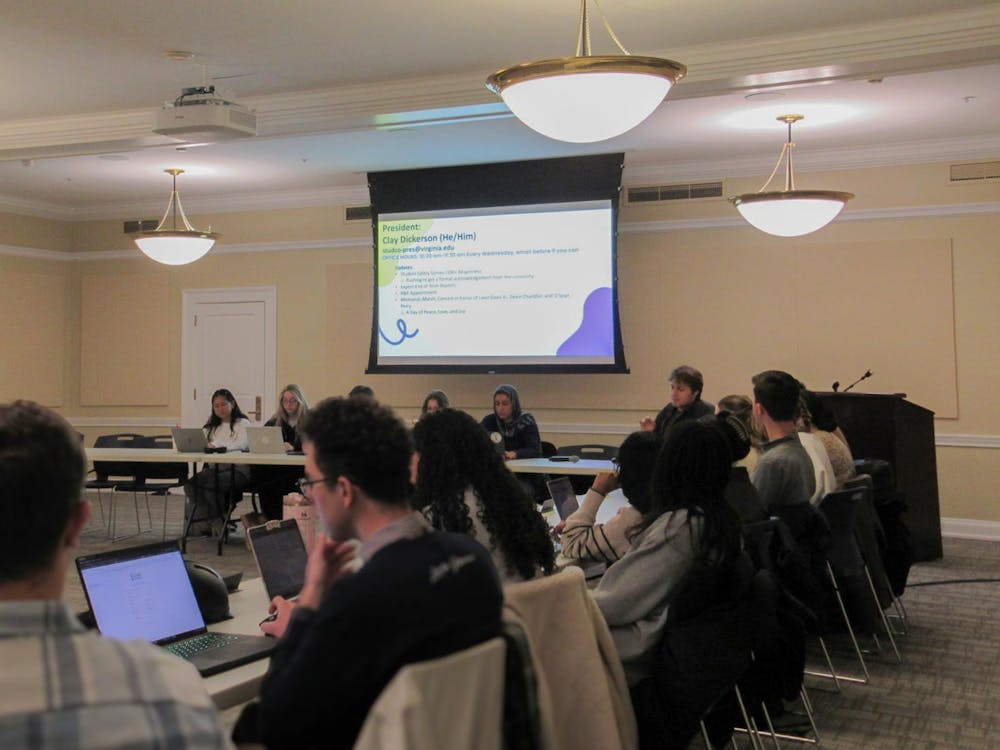Researchers at the Weldon Cooper Center for Public Service propose increasing economic opportunities for recent college graduates as a way for employers in rural areas could address the potentially problematic aging rural population. This conclusion was drawn after the center conducted a statewide population study.
According to Cooper Center Research Director Qian Cai, rural areas "have higher proportions of people ages 65 plus, [while] at the same time their younger populations are moving out of the area for better job opportunities."
Cai noted that this trend can cause a depleted workforce and high demand for health services.
The study also found recent immigrants tend to be younger, Cai said, with 50 percent of residents in the 24 to 44 age group and 20 percent between ages 18 and 24. This trend could be contributing to the lower average age of urban populations, she noted.
"The immigrant population tends to be young, at the peak of their working age," she noted. "A lot of them do concentrate in metropolitan areas."
She said rural areas should try to maintain their current populations and also attract younger workers by creating new jobs.
"It's jobs, jobs, jobs," she said. "The nature of jobs will need to change. The young population nowadays may not want to do the same jobs their parents did when they were young."
Carrie Rudder, University Career Services associate director, said programs exist that give incentives to students who choose to work in rural areas.
"If you wanted to go to med school, there are things that you can do where you sign up and your med school is paid for, but then you have to go to an underserved area," she said.
Rudder also said working in a rural area might be an attractive option for students interested in public service.
According to Ladd Flock, director of College of Arts & Sciences Career Services, UCS does not track how many of its students move to rural areas after graduation, though a survey last year identifying the location of 707 graduates showed that many of them moved to urban areas, including Northern Virginia, Richmond and the New York City metropolitan area.






